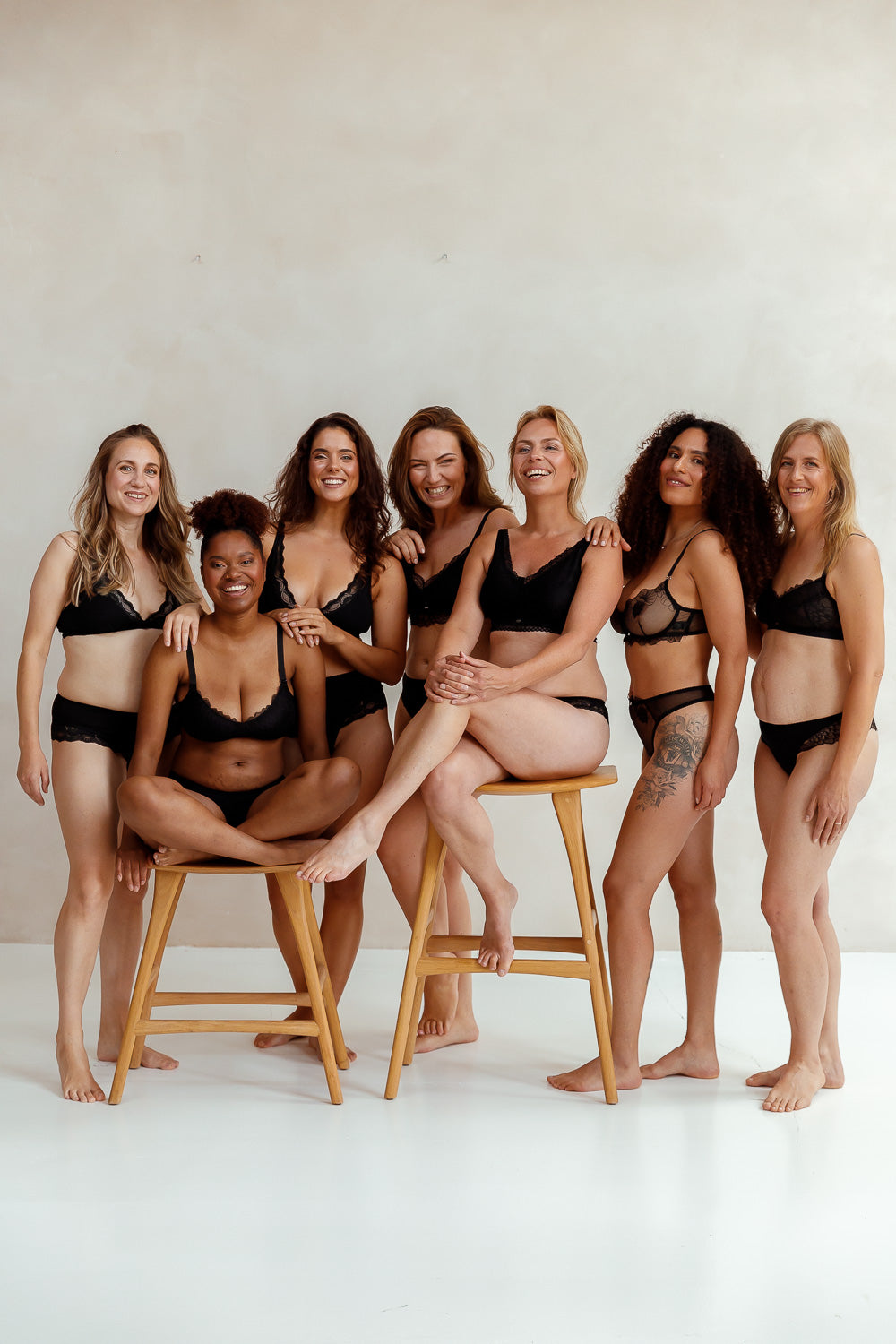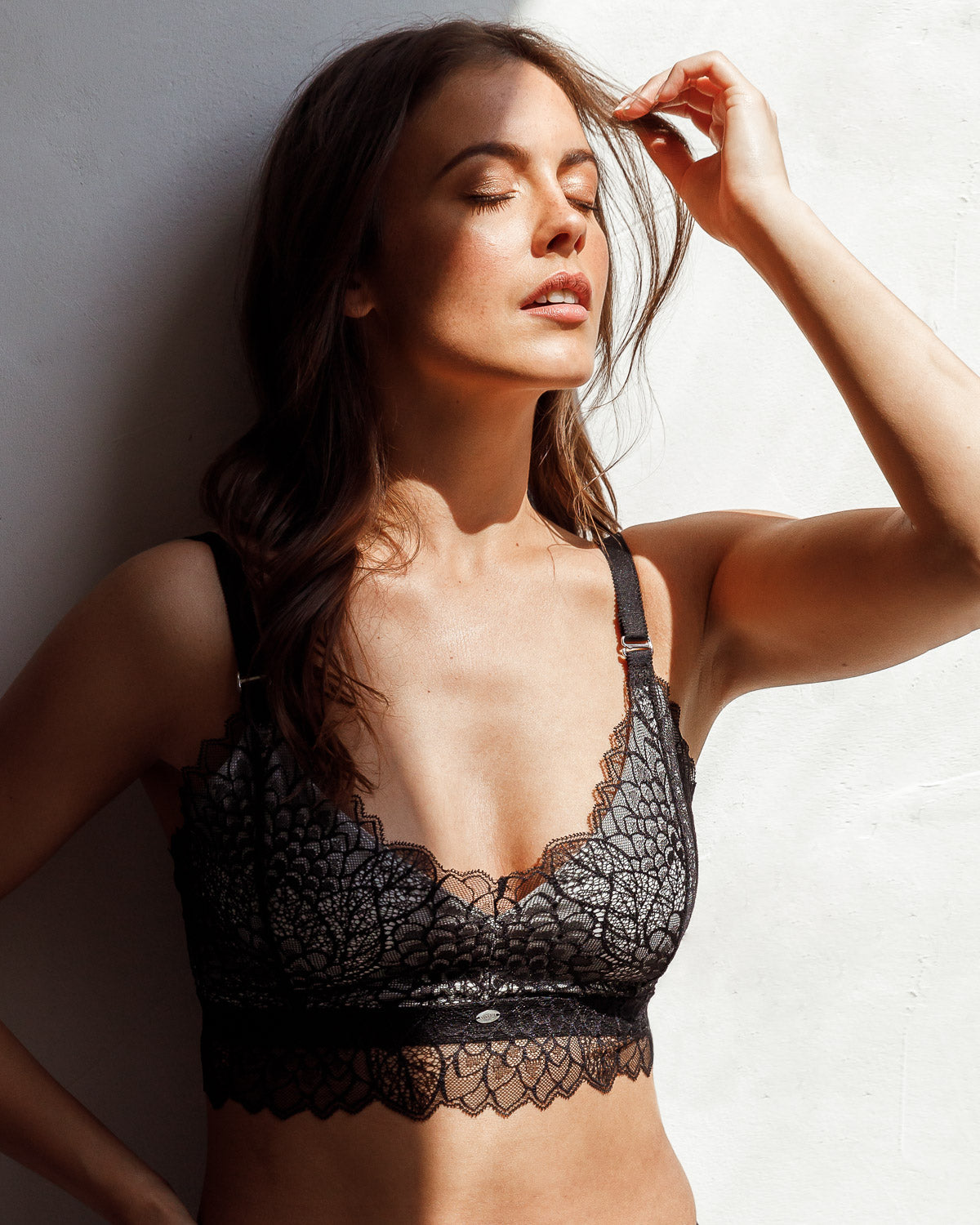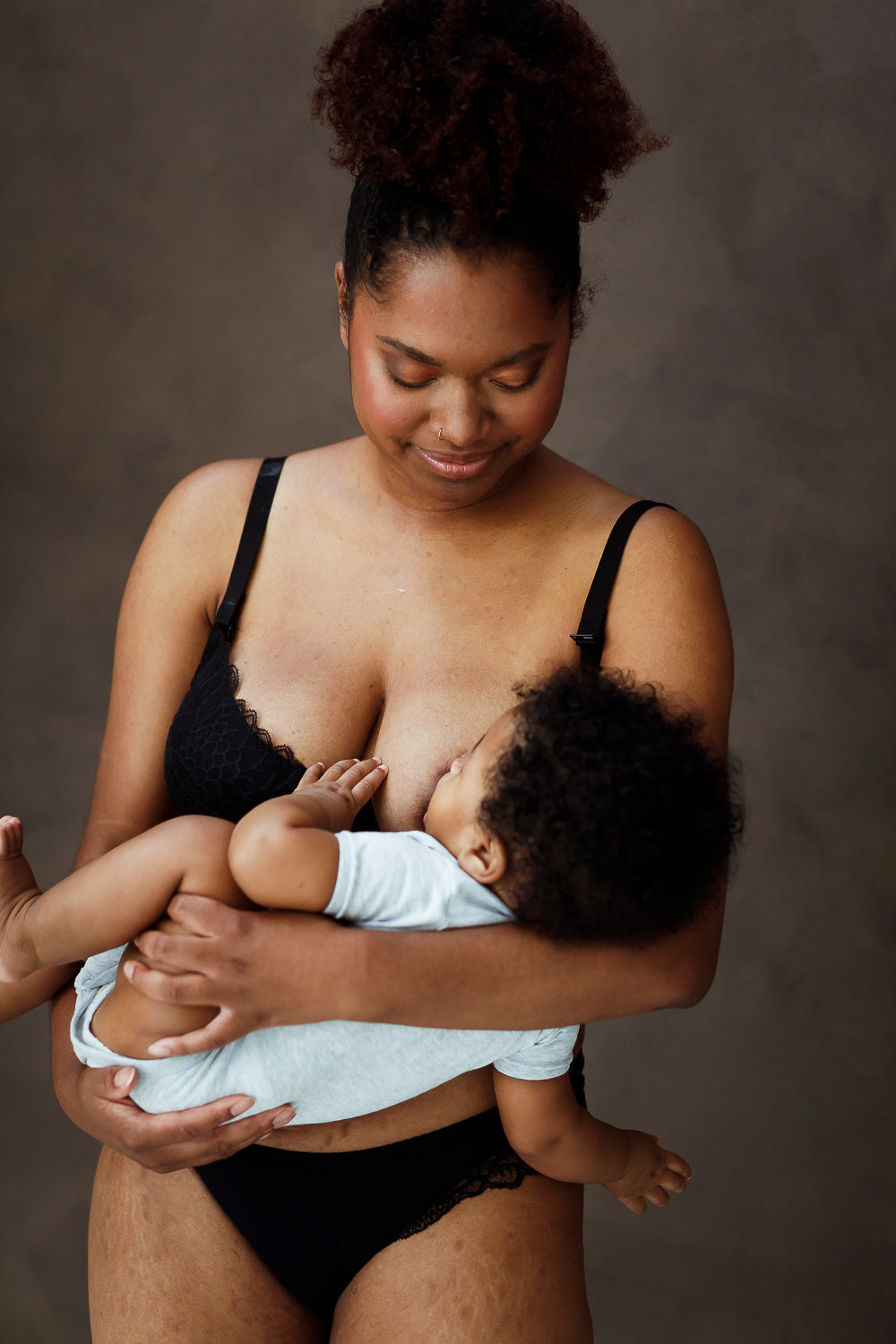At Savara Intimates, we occasionally receive inquiries about our pricing structure. Is a €70 bra too expensive? While the world of fast fashion inundates us with 'cheap' clothing items that cost only a fraction of the real price, we strive to make a difference with sustainable lingerie and swimwear.
What is Slow Fashion?
Slow fashion revolves around respecting the labor hours of artisans and acknowledging the impact of the fashion industry on the environment and society. Instead of focusing on fast and cheap production, slow fashion concentrates on timeless designs, high-quality, and sustainable materials, and fair labor conditions.

The Costs of Fast Fashion
It's time to become aware of the true costs of fast fashion. While we enjoy cheap clothing items, the people who make your clothes and the environment pay the price. Garment workers in low-wage countries are often exploited, with salaries well below the living minimum and unhealthy working conditions.
Fast fashion brands have led to the perception that slow fashion is expensive. At Savara Intimates, a bra or bikini top averages €70, while at a fast fashion brand, it averages €20. Is €70 expensive or €20 cheap? To understand this, let's look at the process involved in making a bra.
Remember the €20 for a bra from a fast fashion brand. For that €20, all the separate parts of the bra are made, such as the fabric, the closure, the sliders on your shoulder strap, the rings, the padding, the underwires, and the thread. Additionally, everything is dyed so the bra hangs in a trendy color in the store.
Suppose the bra is made of cotton. The cotton is harvested and then turned into fabric in a factory. Then the fabric needs to be delivered to a factory that will dye it. After that, it's transported to a factory where the bra is produced. The fabric is cut into the right pattern and then made into a bra as quickly as possible. These three factories might be in the same country, but often they are not, so the fabric is transported from country to country.
After the bra is produced, it's taken to the warehouse of the fast fashion brand. From there, the bra is transported to the store where the consumer purchases it at a cashier. And this doesn't even cover the costs for the other activities for selling the bra, such as the photoshoot and setting up a product page on the website.
In this process, the brands, the distributors, and the marketing agencies will likely get the price they ask for. And of course, with fast fashion, 'mass means cash'. Even if there's only a profit of €1 on a bra, with 1000 bras, that's still €1000 in profit. The problem is that the €20 likely cannot cover all the raw materials, labor hours, and transportation fairly. In this story, the garment workers in low-wage countries pay a significant share of your fast fashion bra with their salary and their health. In comparison, production of a bra averages 20% of the price for us, excluding materials.

Slow Fashion is Sustainable
It's not only people who pay the price for fast fashion. The planet also suffers from our fashion choices. The fashion industry is one of the most polluting industries in the world, with an enormous impact on the environment. The desire for cheap clothing leads to excessive use of resources and water pollution from chemicals used in textile production. Moreover, fast fashion clothing items often have a limited lifespan, leading to them being quickly discarded and contributing to the growing waste problem.
Why is Slow Fashion More Expensive?
1. Quality over quantity: Slow fashion brands use high-quality materials that last longer than the cheap synthetic fabrics often used in fast fashion. These materials cost more, but they are more durable and offer more comfort and style.
2. Fair wages and working conditions: Slow fashion brands value ethical labor practices and pay their workers fair wages. This means that labor costs are higher than in factories where fast fashion is produced, where workers are often exploited and underpaid.
3. Lower production volumes: Slow fashion brands produce in smaller quantities to ensure the quality and exclusivity of their products and to avoid leftover inventory. This results in higher costs per unit, but it also ensures less waste and maintains the value of the products.
4. Environmentally friendly practices: Slow fashion brands strive for environmentally friendly production methods and often use sustainable materials and processes. Sustainable processes take more time and more money. Moreover, many slow fashion brands choose to produce close to home to limit transportation. Salaries in, for example, Europe are higher than in Asia.
Sustainable Lingerie
Take a stroll to your current lingerie drawer. Is it a drawer full of fast fashion bras but none of them are really comfortable? It's a situation many of us know all too well. With an average of 16 bras in a closet, it's clear that women often struggle to find the perfect bra that also maintains its quality. One day that bra fits well, the next day it pinches here and there. At Savara Intimates, we understand this problem all too well, which is why we have developed a unique sizing system that ensures our bras are comfortable every day.
Instead of investing in cheap bras from fast fashion brands that are worn out after only a few months, we invite you to invest in lingerie that is comfortable, long-lasting, and ethically and responsibly produced. Yes, our prices may be higher than what you're used to from fast fashion brands, but consider how much you ultimately save by choosing quality over quantity.
So the next time you're in search of new lingerie, we invite you to choose slow fashion. Choose comfort, quality, and sustainability. Choose sustainable lingerie that is not only good for you but also for people and the planet. At Savara Intimates, we believe it's time to make conscious choices and bring about a positive change in the fashion industry. Will you join us?




